Hello loyal friends of the CCH community. How are you? May good things always be with you. On this occasion, I would like to share some photography of a plant with many benefits, one of which is for medicine. This plant in my area is known as Turmeric or by its scientific name Curcuma longa. I took these photos when I was at the plantation. I tried to capture it with my smartphone camera.
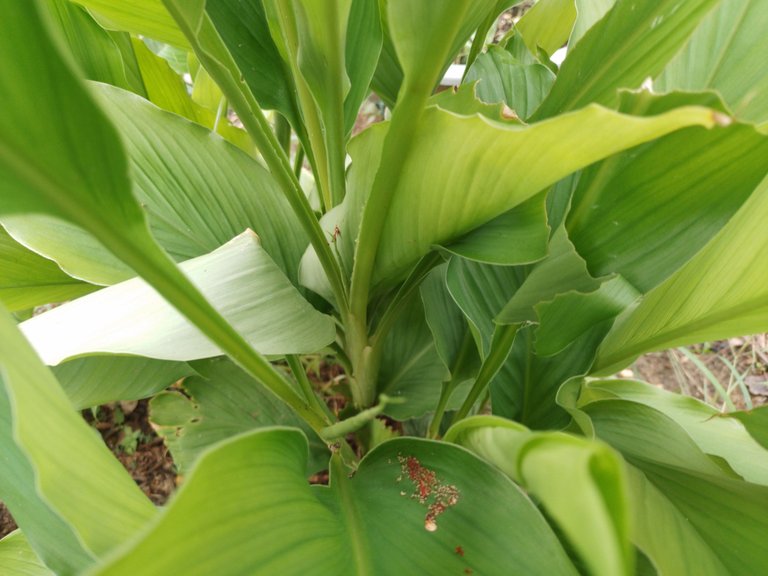
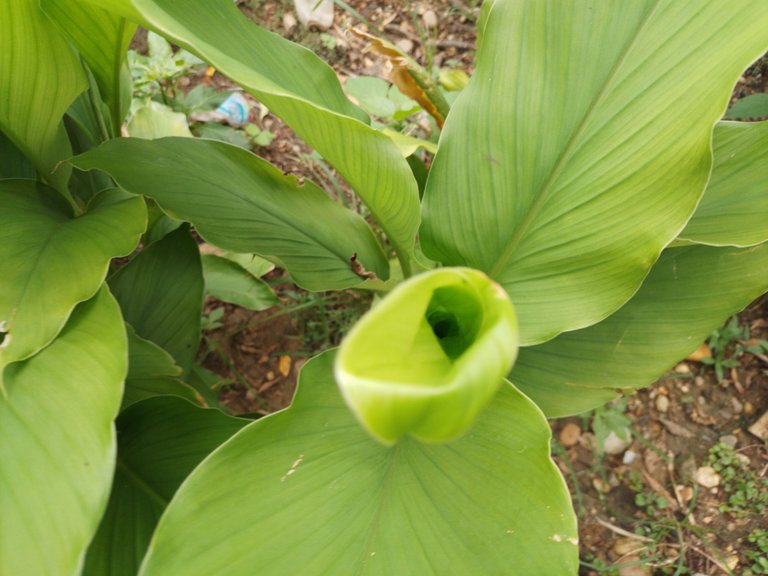
Turmeric is one of the spices and medicinal plants native to Southeast Asia. Turmeric belongs to the ginger-ginger group (Zingiberaceae). The plant has since spread to Malaysia, Indonesia, Australia and even Africa. Almost every Indonesian and Indian as well as Asian people have generally consumed this spice plant, either as a complement to cooking spices, herbs or medicines to maintain health and beauty such as use in skin and facial treatments.
Turmeric is often used as a spice in dishes such as curry, and is also used to give yellow color to dishes, or as a preservative. Pharmaceutical products made from turmeric are able to compete with various patented drugs, for example for joint inflammation (rheumatoid arthritis) or osteo-arthritis made from the active ingredients declofenac sodium, piroxicam, and phenyl butason at a relatively expensive price or food supplements (Vitamin-plus) in capsule form.
Finished products from turmeric extracts in the form of dietary supplements in the form of capsules (Vitamin-plus) have developed markets and industries. Food supplements are made from turmeric extract raw materials with additional ingredients Vitamin B1, B2, B6, B12, Vitamin E, Lecithin, Amprotab, Mg-stearate, Nepagin and Kolidon 90.

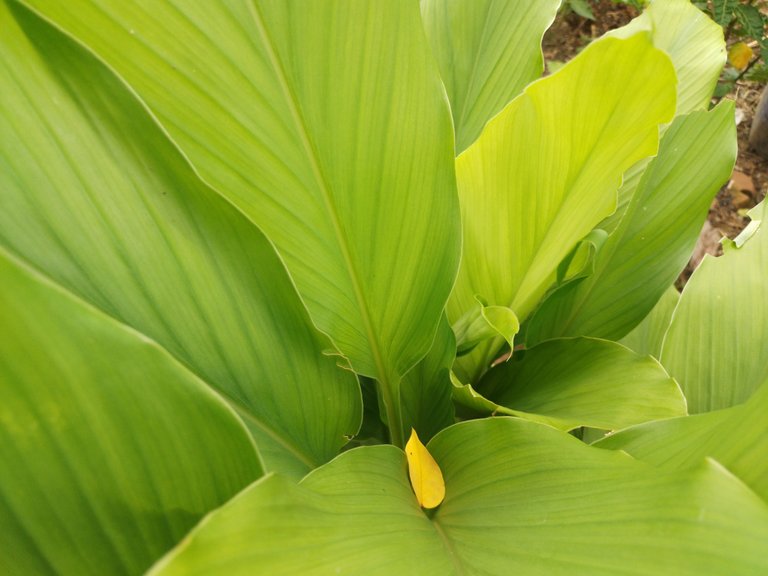
And also turmeric leaves can also be used to improve digestive health because the antioxidant and anti-inflammatory substance curcumin in turmeric can help prevent you from recurrence of indigestion such as flatulence, this is evidenced by some research results mention that the benefits of turmeric leaves are no less like rhizomes, namely the curcumin content in turmeric leaves is believed to spur the performance of bile, Bile is one of the important organs needed by the digestive system. Also turmeric leaves have other properties, namely, healing wounds, preventing diabetes, as anti-inflammatory and as anti-inflammatory (the benefits of turmeric leaves also come from the anti-inflammatory and anti-inflammatory properties of curcumin contained in it. According to a study conducted by the University of Arizona and published in the Journal of Natural Production, the anti-inflammatory content of curcumin in turmeric can help relieve symptoms of joint pain, such as osteoarthritis and rheumatoid).
Tubers (rhizomes) that are more than one year old can be used as medicine, turmeric tubers (rhizomes) are effective for cooling the body, cleaning, affecting the stomach, especially the stomach, stimulating, releasing more gas in the intestines, stopping bleeding and preventing blood clots. Apart from that, it is also used as an ingredient in cooking as a flavoring and coloring in several types of processed food to give the consumer a taste.
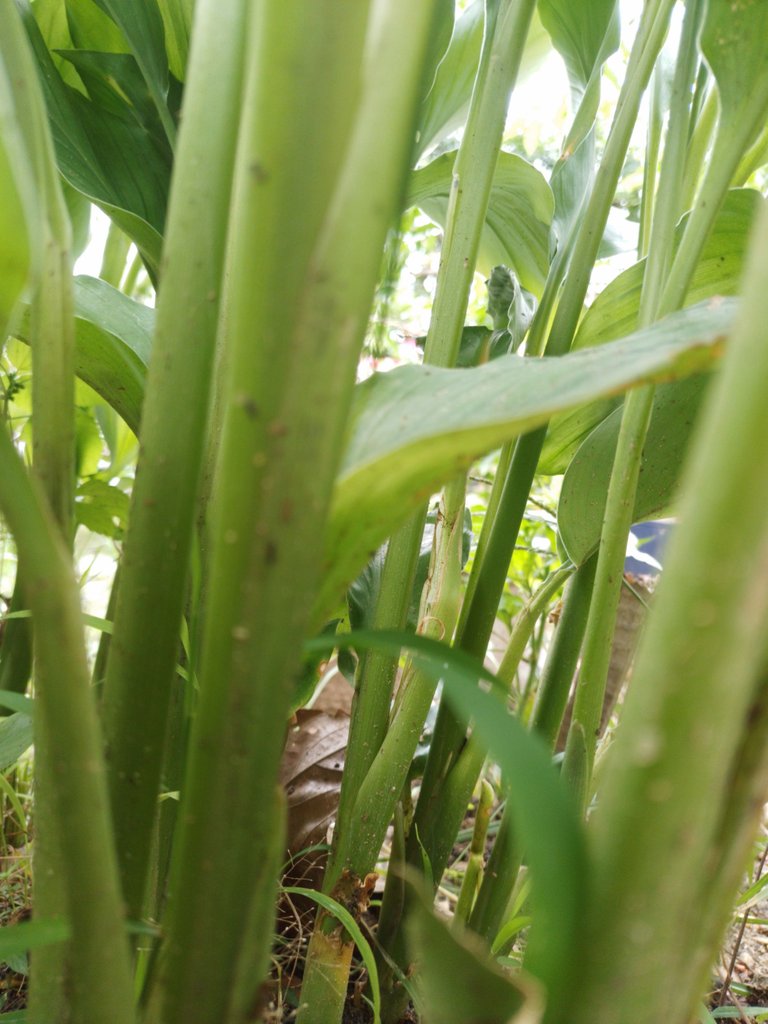
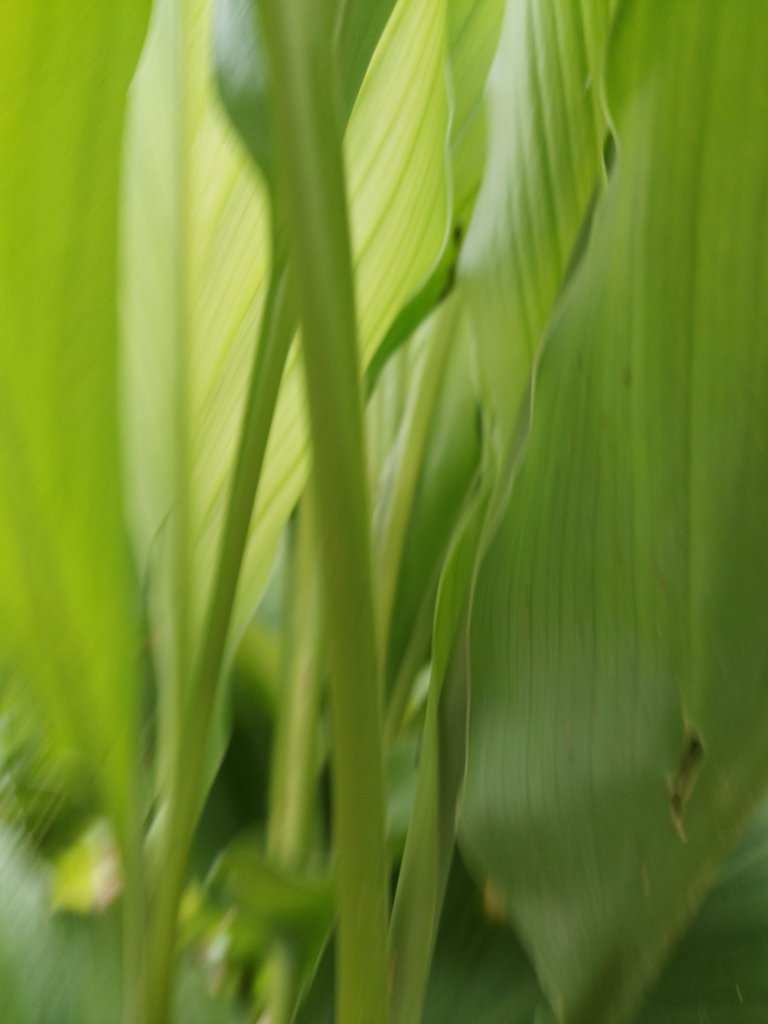
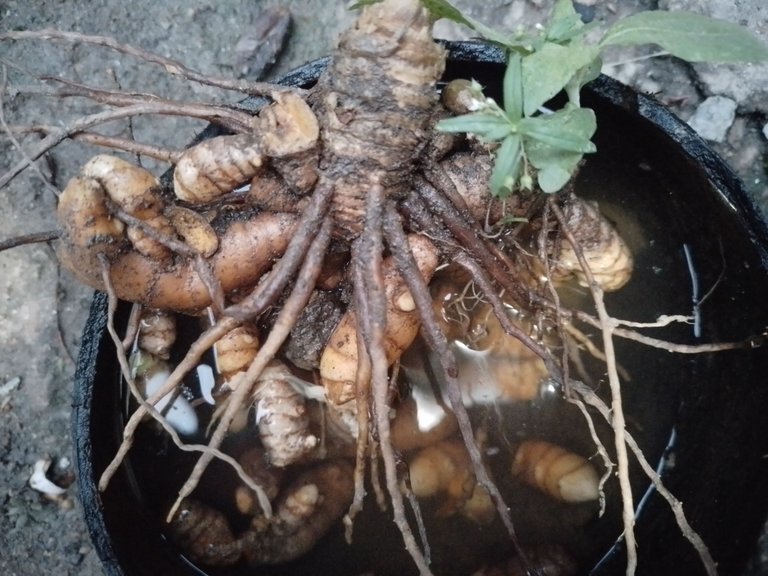
Turmeric is also used as an anti-itch, anti-septic and anti-spasmodic drug and reduces swelling of the mucous membranes of the mouth. Turmeric is consumed in the form of a juice called filtrate, also taken as an extract or used as an ointment to treat swelling and sprains. Turmeric is also effective in curing nasal congestion, by burning turmeric and inhaling it to facilitate breathing.
Turmeric can be used to cure several things related to irregularities in the work of the kidneys, especially in some cases characterized by unpleasant body odor and eyes that cannot stand the sun, turmeric is very effective if consumed regularly and routinely, namely by drinking a glass of turmeric juice in the form of its essence without pulp, for 2 consecutive weeks.
In addition to medicinal use, turmeric can also provide benefits as a natural dye. The active pigments in turmeric that can color plant tissues and provide a yellow color are curcuminoids. The process of making alternative dyes using turmeric starts from taking turmeric filtrate. Turmeric filtrate is obtained from finely grated turmeric rhizomes and squeezed to take only water. Turmeric filtrate does not require additional solvents. The mother filtrate is divided into two parts, namely part A (turmeric filtrate without the addition of lime water) and B (turmeric filtrate added with lime water). The finished dye is then used to color as in plant tissue for example in melinjo stems using maceration with the Jeffery method.
I hope it's useful and you like it. Thank you for everything. May we always be together here, helping each other to achieve success. Good luck to all of you.